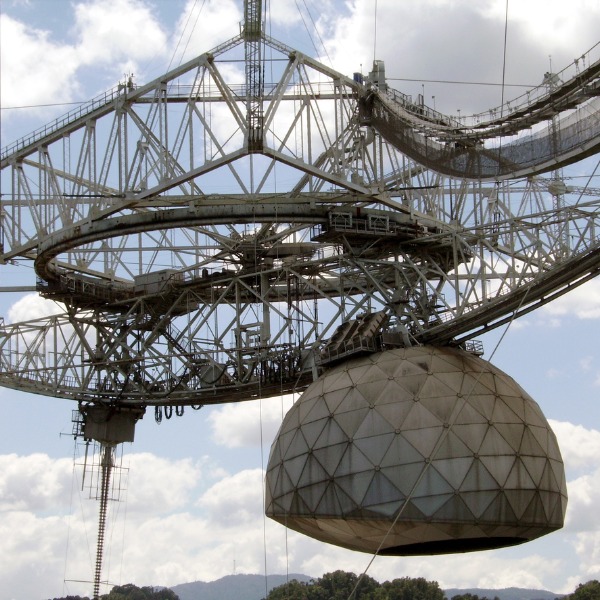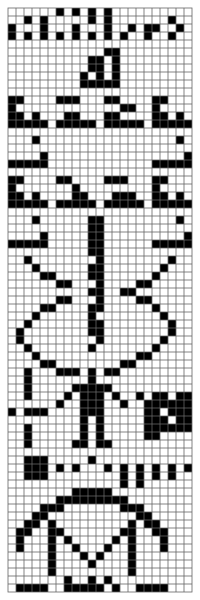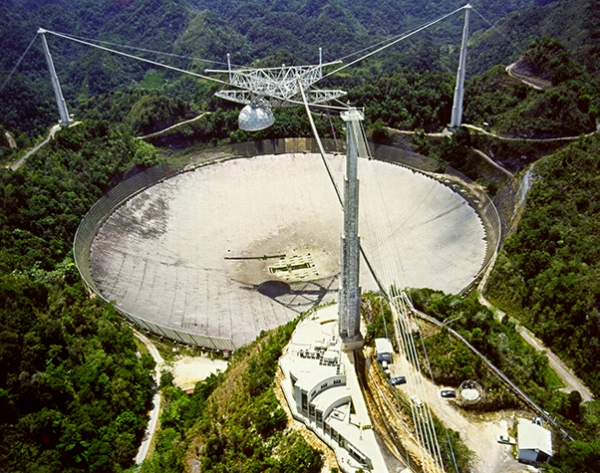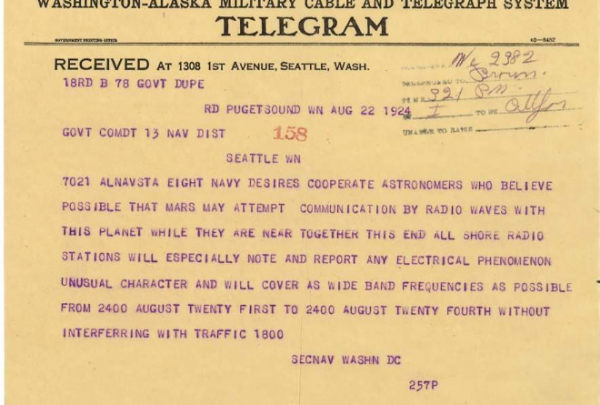SETI - The Search for extraterrestrial Intelligence

Close-up of the Arecibo Observatory radio telescope (gionnixxx, iStockphoto)

Close-up of the Arecibo Observatory radio telescope (gionnixxx, iStockphoto)
8.5
How does this align with my curriculum?
BC
10
Science Grade 10 (March 2018)
Big Idea: The formation of the universe can be explained by the big bang theory.
BC
11
Earth Sciences 11 (June 2018
Big Idea: Astronomy seeks to explain the origin and interactions of Earth and its solar system.
YT
10
Science Grade 10 (British Columbia, June 2016)
Big Idea: The formation of the universe can be explained by the big bang theory.
YT
11
Earth Sciences 11 (British Columbia, June 2018
Big Idea: Astronomy seeks to explain the origin and interactions of Earth and its solar system.


